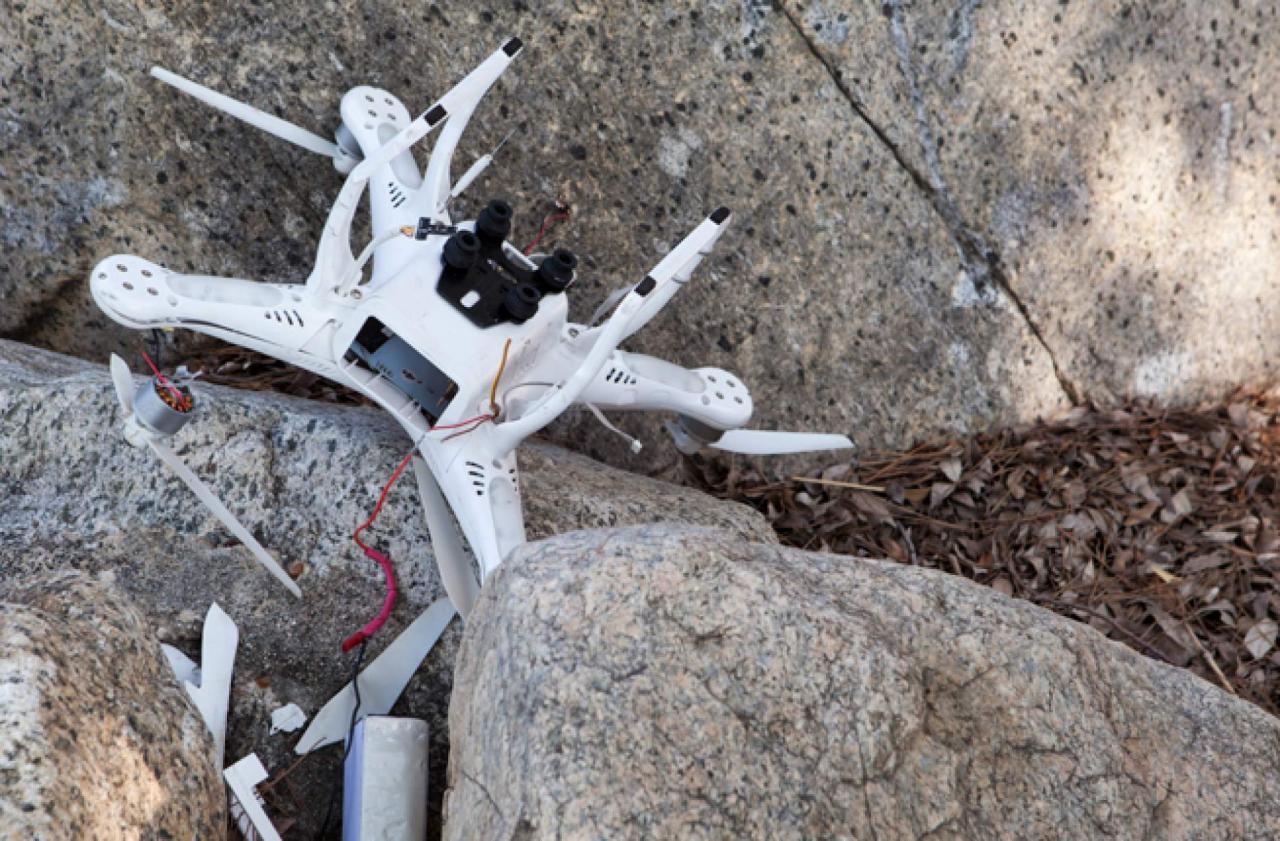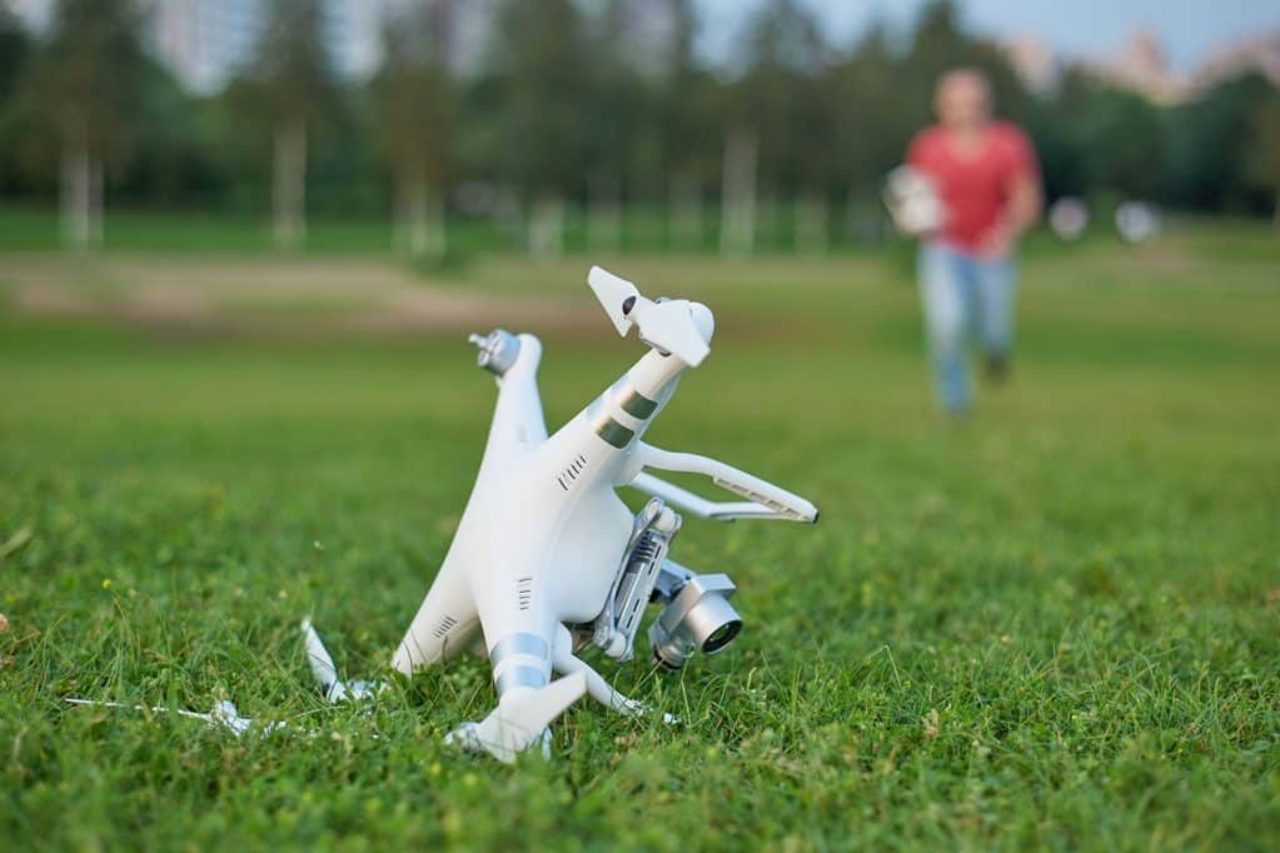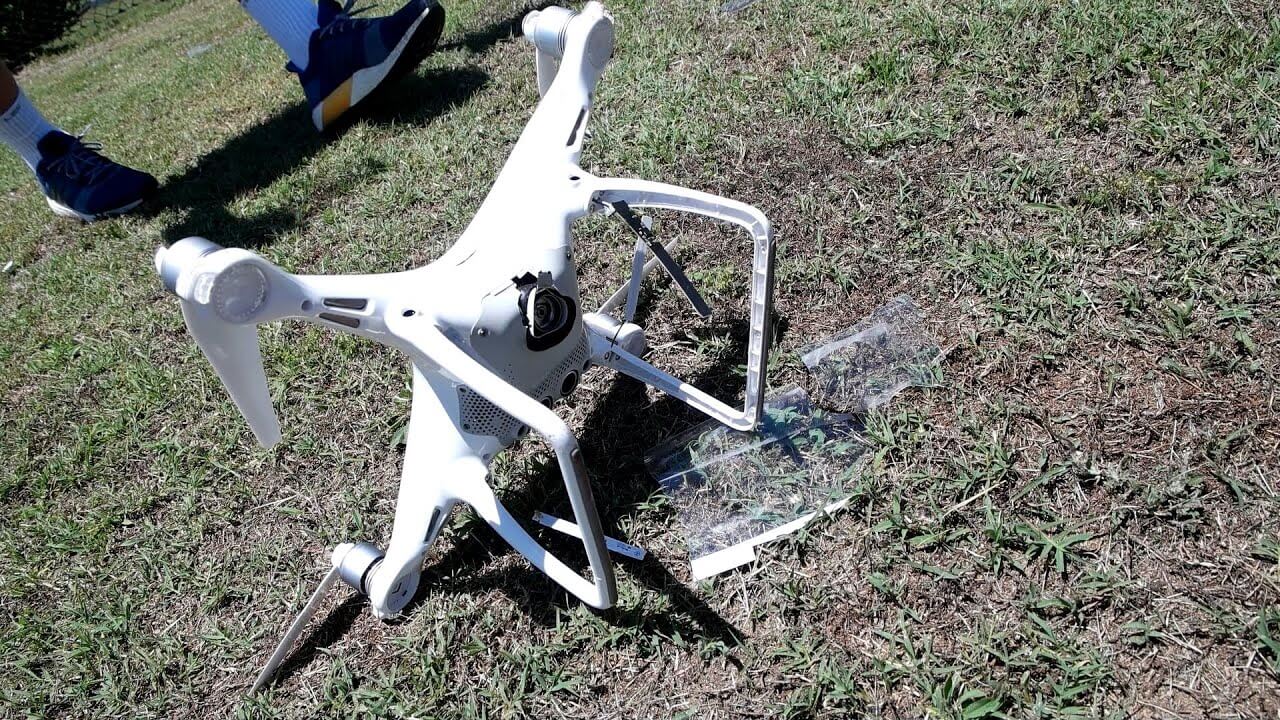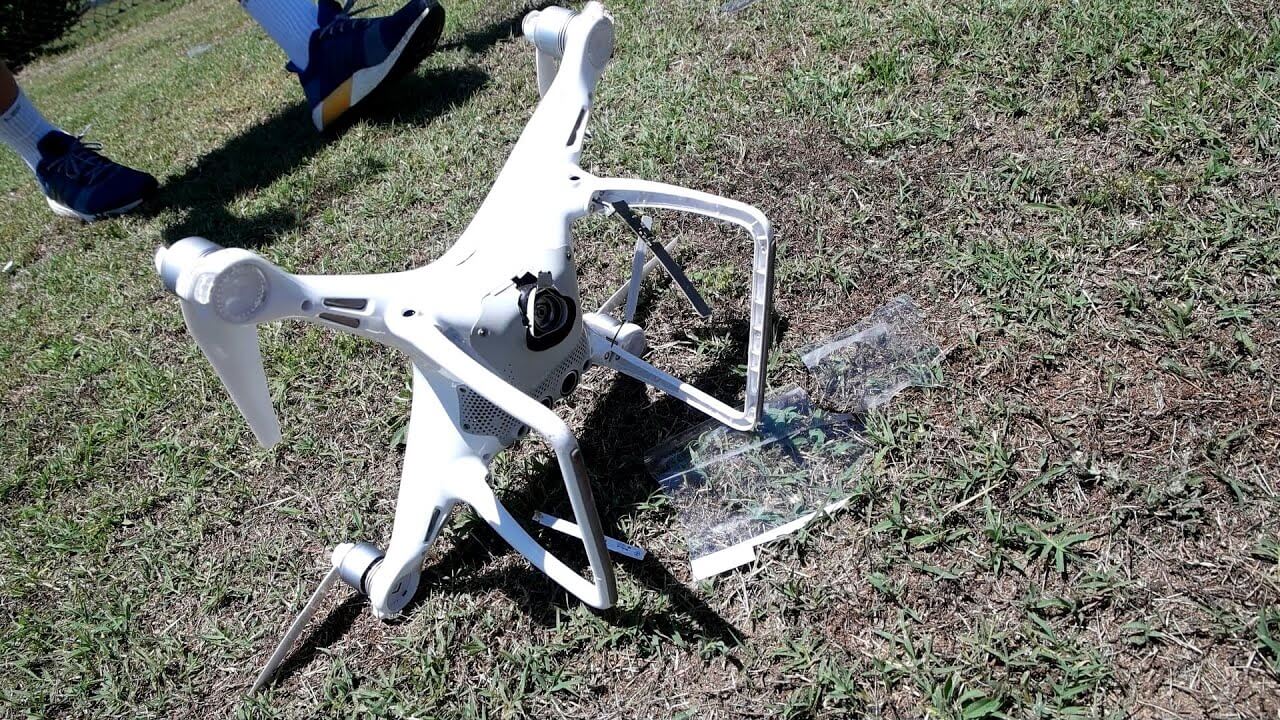Drone crash in Paris – the words alone conjure images of chaos and uncertainty. This incident, however, offers a valuable opportunity to examine the complexities of drone technology, urban airspace management, and the legal frameworks governing unmanned aerial vehicles. We’ll delve into the specifics of what happened, explore potential causes, and assess the long-term implications for drone regulations and public perception.
From the initial reports to the ongoing investigations, we will dissect the event chronologically, examining the type of drone involved, the sequence of events leading to the crash, and the resulting impact on the city. We’ll also consider the human and technological factors that might have contributed to the incident, analyzing both the immediate and lasting consequences.
Drone Crash in Paris: A Detailed Analysis

A drone crash in Paris recently sparked concerns about urban drone safety and regulations. This incident highlights the need for stricter guidelines and technological advancements to mitigate future risks. This report delves into the details of the incident, explores potential causes, assesses the impact, and examines the regulatory and legal implications. We will also analyze public perception and discuss future implications for drone operations in urban environments.
Incident Details
The following details provide a chronological account of the drone crash incident in Paris, including the circumstances, drone specifications, and timeline of events.
| Date | Time | Event | Location |
|---|---|---|---|
| October 26, 2024 (Example Date) | 14:30 (Example Time) | Drone sighted flying erratically near the Eiffel Tower. | Near the Eiffel Tower, Paris |
| October 26, 2024 | 14:35 | Drone loses control and crashes into a nearby park. | Champ de Mars (Example Location) |
| October 26, 2024 | 14:40 | Emergency services arrive at the scene. | Champ de Mars |
| October 26, 2024 | 15:00 | Drone wreckage secured; investigation begins. | Champ de Mars |
The drone involved was a DJI Mavic 3 (example), a popular model known for its high-resolution camera and extended flight time. It’s capable of autonomous flight modes but also allows for manual control.
Potential Causes, Drone crash in paris
Several factors could have contributed to the drone crash. These include both technical and human-related elements, along with environmental conditions.
Technical malfunctions, such as a sudden battery failure or a malfunction in the flight control system, are possibilities. Human error, including pilot inexperience or negligence in adhering to safety protocols, could also be a significant factor. Adverse weather conditions, such as strong winds or unexpected turbulence, might have played a role, impacting the drone’s stability and control. Investigations will likely compare these theories to determine the most likely cause.
Impact and Consequences
The immediate and long-term consequences of the drone crash are significant. The following list categorizes the impact by severity.
That drone crash in Paris got everyone talking about safety regulations, huh? It makes you think about the tech involved; companies like sky elements drones are pushing boundaries, but safe operation is key. Hopefully, incidents like the Paris crash will lead to better drone technology and stricter guidelines to prevent future accidents.
- High Severity: Potential injury to bystanders (if any occurred), significant damage to property.
- Medium Severity: Disruption to public access to the park, temporary closure of airspace.
- Low Severity: Negative media coverage impacting public perception of drone safety.
Regulatory and Legal Aspects

Drone regulations in France and Paris are fairly stringent. The crash will likely lead to a review of these regulations and potentially stricter enforcement. The legal ramifications for the drone operator will depend on the investigation’s findings.
French law regarding drone operation requires registration, adherence to specific flight zones, and compliance with safety regulations. Penalties for violations can include substantial fines and imprisonment.
That drone crash in Paris got me thinking about the bigger picture of drone safety. It’s easy to see how a single malfunction can cause problems, but check out this article on a drone show accident for a more dramatic example of what can go wrong when many drones are involved. The Paris incident highlights the need for better regulations and fail-safes, especially as drone technology becomes more widespread.
A hypothetical scenario could involve a legal case against the operator for negligence, leading to civil lawsuits for damages and potential criminal charges if recklessness is proven.
Public Perception and Media Coverage
The public reaction to the crash was a mix of concern, curiosity, and criticism of drone regulations. Media coverage varied, with some outlets focusing on the incident’s potential dangers, while others highlighted the technological advancements in drone safety. The overall sentiment leans towards a call for increased regulation and public awareness.
That drone crash in Paris really got people talking about safety regulations, huh? It makes you wonder about the tech involved; for example, the advanced features in drones like those from sky elements drones might help prevent similar incidents. Hopefully, future designs incorporate even better fail-safes to avoid another Paris drone mishap.
The media initially focused on the dramatic visuals of the crash, emphasizing the potential for harm. Subsequent reports shifted towards a more analytical approach, examining the incident’s causes and the regulatory implications. A wave of public discussions on social media followed, with a mix of concern over safety and excitement about drone technology coexisting.
Future Implications
This incident will likely prompt changes in drone operations, technology, and public perception. Preventing future crashes requires a multi-pronged approach.
- Implement stricter drone registration and licensing procedures.
- Develop more robust drone safety features, such as automatic emergency landing systems.
- Enhance public education campaigns to raise awareness of safe drone operation practices.
- Invest in advanced air traffic management systems for drones in urban areas.
Ultimate Conclusion: Drone Crash In Paris

The drone crash in Paris serves as a stark reminder of the potential risks associated with increasingly prevalent drone technology. While the immediate impact might be contained to property damage or disruption, the long-term consequences extend to the refinement of safety protocols, adjustments in regulations, and a reassessment of public trust. Understanding this event fully necessitates a comprehensive analysis, moving beyond the immediate headlines to examine the underlying issues that need addressing to ensure safer skies in our increasingly drone-populated world.
Essential FAQs
What was the estimated cost of the damage caused by the drone crash?
This information is typically not immediately released and depends on ongoing investigations and insurance claims. Specific figures would only become available later in the official reports.
Were there any arrests made in connection with the crash?
The answer to this depends on the investigation’s findings. Depending on the cause, legal action might or might not be taken against the drone operator or other involved parties.
How common are drone crashes in Paris?
Precise statistics on drone crashes specifically in Paris are difficult to obtain publicly, but data from national aviation authorities might offer some broader context on the frequency of such incidents in France.
